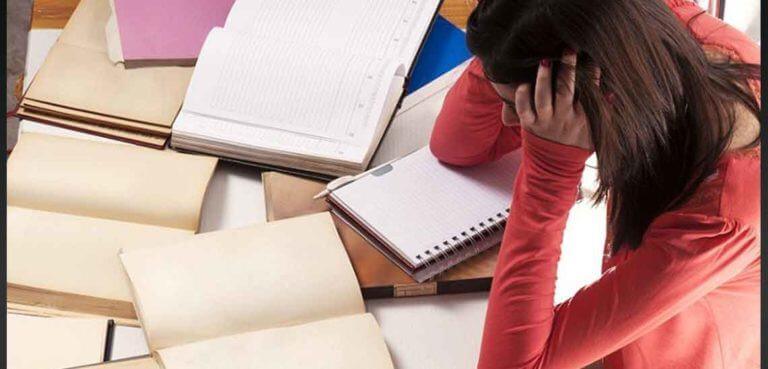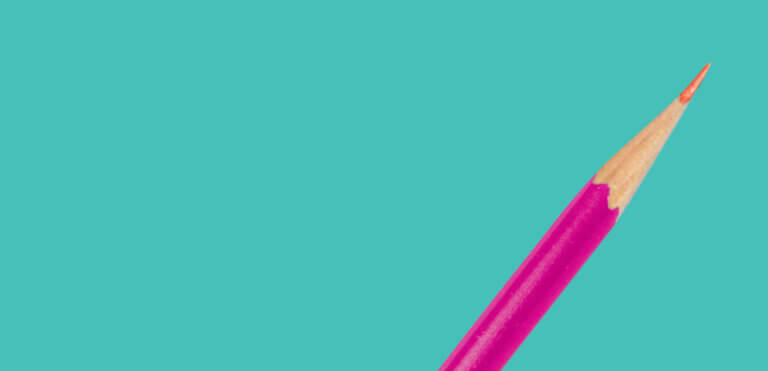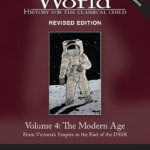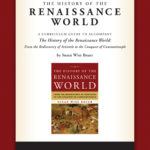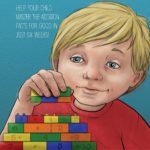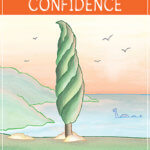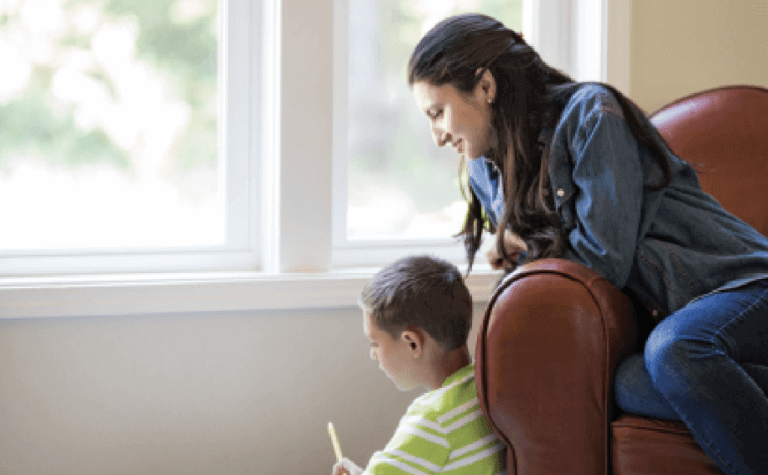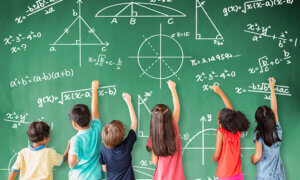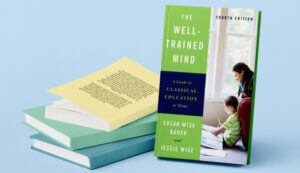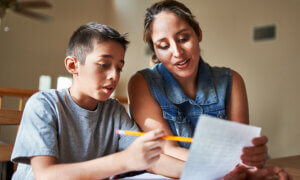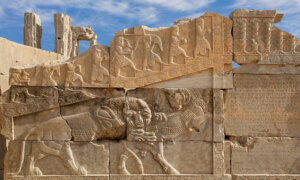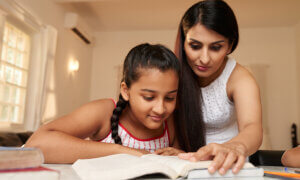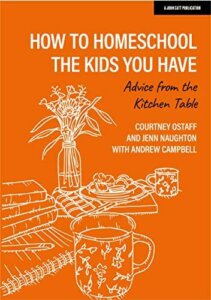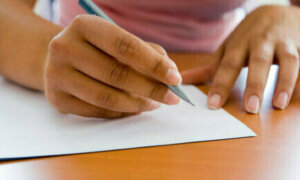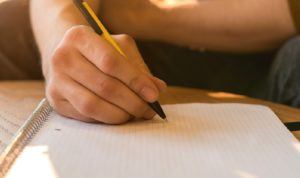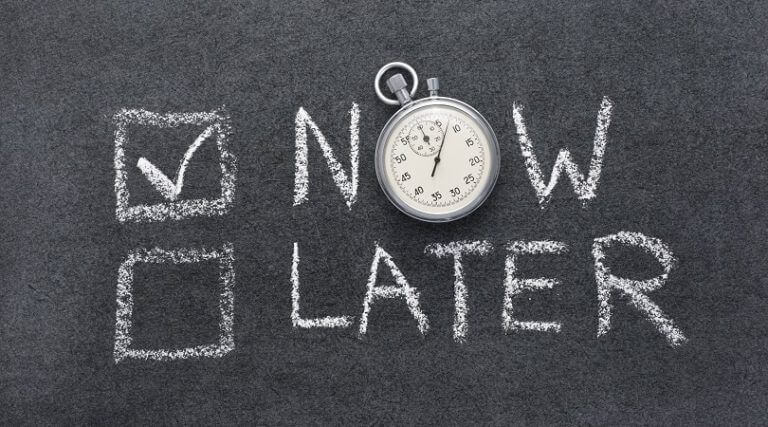
How to Use Home Library Organization to Build Vital Literacy Skills
A woman walks into a book store. She’s in the mood for an escape through an imaginative story, so she browses the fiction section. Within this section, she navigates to the fantasy aisle. Sooner or later, she is bound to stumble across an author that she recognizes, with a story that is worth exploring. She sees her old friend J.R.R. Tolkien. “I must be in the right place,” she thinks.
Whether she realizes it or not, she is about to select a book using sophisticated strategies like author and theme navigation. A young reader has not yet developed the ability to navigate a mysterious and magical place, like a book store, school library, or household bookshelf. Children, especially beginning readers, can’t tell the difference between multiple books on a shelf. But if you organize your library the right way, you can teach your student how to select the books they actually want to read.
Here are three organizational strategies that you may wish to use in your library. These strategies will work at home, at the co-op, or at school, and will work both with books that you own, and books borrowed from the library.
Before You Get Started: You will need bins to organize your book collections. Stackable bins can be purchased at the dollar store. Remember that children’s books tend to be larger and thinner than adult books. You may need to bring a book with you when picking out tubs in a store. Lakeshore (and other online educational websites specializing in learning materials) have nice bins, or you can make bins at home. If you’re familiar with a magazine rack, you understand the shape of a book bin. DIY book bins can be fashioned out of cereal boxes using an exact-o knife.
Bins are easy to store and label. For the youngest readers, there may be a picture with the label. Older learners may have bins with written descriptions. You will have an idea of how to label the bins when you decide how you will organize your library.
Organizing by Author
You want to make your student aware that real people write and illustrate books. A child doesn’t automatically know that Eric Carle painted watercolor pages with many colors, cut them out with scissors, and made the pictures in The Very Hungry Caterpillar. But arranging books by author is the primary method of organization for many public libraries. If you organize your household collection by author, your child will feel at ease when they enter a school or public library.
Begin by grouping your book collection by author. Don’t worry if you only have two of Eric Litwin’s Pete the Cat books. When your child checks out Pete the Cat and the Cool Cat Boogie from the library, you’ll know right where to put it! You’ll soon notice that your child will know just where to put the Clifford books you found at a local yard sale. He’ll put the vintage edition of Robert McCloskey’s Make Way for Ducklings that he received for his birthday right next to Blueberries for Sal and One Morning in Maine.
Talk with your child about why she likes an author. Conversation improves comprehension, and helps young readers connect with authors. Find out if your child likes an author because he is funny, like Tedd Arnold (“Fly Guy” series), or because the author writes about important life lessons, like Anna Dewdney (“Llama Llama” series). The more you know about what your child likes to read, the better your recommendations will become. A fun challenge would be to set a goal to read all of the titles by an author your child is really into, like Mo Willems, Syd Hoff, or Jon Klassen. Organize by author until your child is confident searching and successfully finding authors on her own in a public library.
Organizing by Theme
Organizing by author has its limitations in a classroom or household library. You may not have 20 books by Rosemary Wells. And chances are the only Crockett Johnson book you own is Harold and the Purple Crayon. Another option is to organize your home library by theme.
It is easy to organize books by theme once you have a few books that are related to one another.
Some themes from my own classroom include “Humor,” “Non-Fiction Animals,” “Science,” and “Back to School.” In my “Humor” bin, I have David Shannon’s “No David” series, Dogzilla, Dragons Love Tacos, and Dragons Love Tacos 2. In a tub labeled “Family,” I have Llama Llama Red Pajama, I Will Always Love You, No David, The Kissing Hand, and Goodnight Moon. All of these books are about family, comfort, and love.
Organizing by theme allows for a lot of flexibility. You can move books out of author bins that are related to specific themes easily. For example, you can take Clifford’s Halloween out of the Norman Bridwell tub and move it into the Holiday tub for the month of October. Themed bins can also reflect what is going in your kids’ lives. If you choose to focus on a particular character trait, like honesty, you can organize books representative of that behavior into a tub. A week or two before a family trip, you could organize books about travel (fiction or nonfiction) into a tub. This organizational method will then allow you to have a conversation with your young reader about why you chose to place a book into a specifically-themed bin, and what the author’s intent was for writing this particular book. This will also help your students in a future library visit when they move outside of the children’s section.
Here is a list of themes that you might try in your library:
- Being Tidy
- Community
- Counting (Early Math Skills)
- Creativity
- The Earth/Environment/Nature
- Friendship
- Moving
- Overcoming Fear
- Pets
- Families
- Adventures
- Respect
- Unconditional Love
- The Word “No”
Pay attention to what your student is interested in; this will help you to create specific tubs with topics that will thrill your child, like “Butterflies,” “Construction Equipment,” or “Making Pizza.”
Organizing by Academic Subject
The last organizational method that could work for you is to organize by academic subject. These titles would be tied to current subjects that the child is studying. If a student is beginning to learn about numbers, then counting and computation books like 5 Little Ducks, The Very Hungry Caterpillar, or 10 Apples on Top would tie reading to early math skills.
Organizing by academic subject also leaves room for branching off into further study. If a student is learning about animals in science, you may discover that the student loves whales and dolphins. Then you, as the curator of the classroom or household library, could create a tub for ocean animals. Say your student is learning about how a town works, and you find that he is interested in public servants. You could create a bin centered on men and women who serve as police and emergency responders. If a student is reading about Thanksgiving and gets really into why Americans celebrate by eating turkey, you could create a bin for books about various food traditions.
Literature often gives students the experience of connecting with a subject and a character at the same time. For example, a student may be learning about medieval times and also be into “Fly Guy.” When a student reads a book like Fly Guy presents Castles, her interests come together in a way that makes reading, and learning about history, even more exciting.
However you choose to organize your library, remember that the end goal is to help your student associate books with themes and ideas. Children who learn this skill at an early age will be able to choose books easily as adults.
Recommended Products
-
Sale!

The Well-Trained Mind: Essential Edition
0 out of 5$39.99$34.95 Add to cart -
Sale!
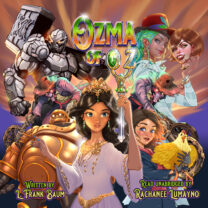
Ozma of Oz
0 out of 5$19.46 – $25.46 Select options -
Sale!
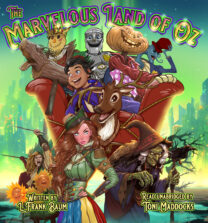
The Marvelous Land of Oz
0 out of 5$19.46 – $25.46 Select options -
Sale!
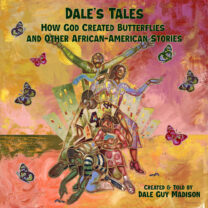
Dale’s Tales
5.00 out of 5$8.95$6.71 Add to cart -
Sale!
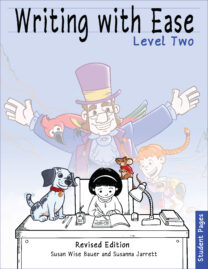
Writing With Ease 2, Revised Student Pages
0 out of 5$15.95 – $16.11 Select options -
Sale!
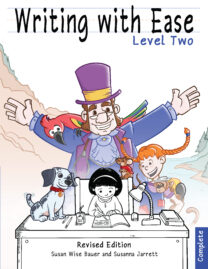
Writing With Ease 2, Complete Revised Edition
0 out of 5$31.95 – $33.11 Select options -
Sale!
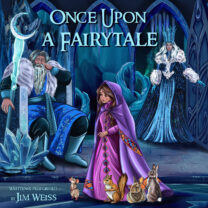
Once Upon a Fairytale
0 out of 5$9.71 – $12.71 Select options -
Sale!
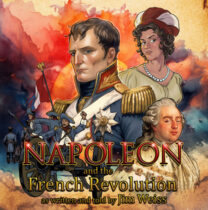
Napoleon and the French Revolution
0 out of 5$11.01 – $14.41 Select options
ABOUT THE AUTHOR
Jeff Collier
Join over 100,000 homeschooling families
For the latest offers, educational insights, products and more.
By joining you agree to our privacy policy.

